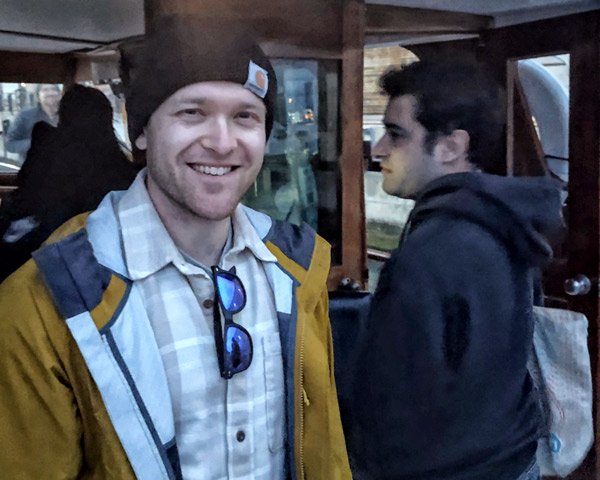
What’s to blame? It could be climate science. The conservative policy blueprint Project 2025 lists the Office of Oceanic and Atmospheric Research (OAR) to be a “source of much of NOAA’s climate alarmism,” and therefore calls for elements of its work be dissolved—from ocean observing and monitoring, as well as atmosphere, climate and weather research, to studies tracking toxic algae bloom and hurricanes. The Sea Grant program, a partner to 34 universities, is also slated for extinction.
Can Private Industry Fill the Void?
NOAA produces and disseminates myriad essential services and data on which sailing, boating and shipping communities rely. Given this prognosis, can private industry fill the void?
Some signs point to yes, with one example being Sofar Ocean. This San Francisco firm is building the largest privately-owned network of ocean sensors, then sharing the data with private, academic and public audiences. Daily, via the Spotter platform, more than 1.5 million real-time inputs on wind/wave/current conditions, plus water and surface air temperature are logged.
Invited to testify before the House Committee on Science, Space and Technology on blue economy technologies, Sofar CEO Tim Janssen said, “The ocean data gap presents a major economic and strategic opportunity for the United States. And we are at an inflection point. [To] lead, strong public-private partnerships are key, and continued commitment and support for basic research through organizations like NOAA: National Oceanic & Atmospheric Administration and others are essential.”
He asserts the U.S. needs strong public-private partnerships to accelerate the blue economy, and emphasized that continued collaboration between industry, government and research as essential to bolster national security and protect coastal communities and infrastructure.
SOFAR Ocean Spotters Deployed in SF Bay
Yellow and roughly the size of a basketball, Spotters are deployed in hundreds of locations and the count is growing; three can been seen in SF Bay when walking along the waterfront. Data logged here is contributing to the Port of San Francisco’s new Waterfront Resiliency Program.
For periodic testing, Sofar drops Spotters in the Pacific Ocean a few miles off the coast of Half Moon Bay and Ocean Beach. Check other drop spots and see what’s happening in the ocean via their global real-time marine weather forecasting dashboard. (https://weather.sofarocean.com/) By assimilating observations gathered from this global network, Sofar claims its hyper-local forecasts are up to 50% more accurate than traditional models.
Spotter at Work
Interested in observing Spotter at work? View a buoy-in-bay drop with live data tracking this Friday, April 25. SF Blue Tech is hosting a Blue Cruise on Just Dreaming, a 63-foot historic motor yacht which operates out of Pier 40.

